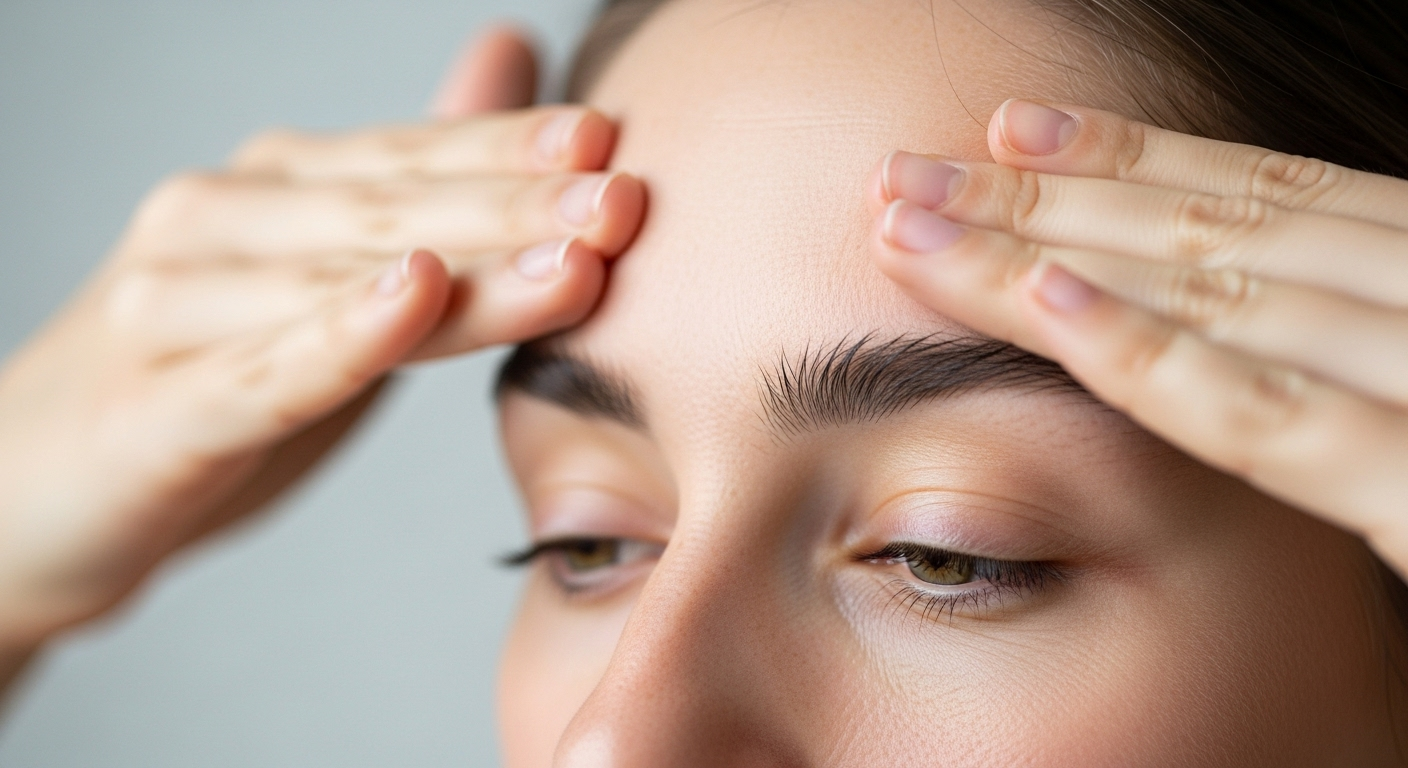Understanding Common Approaches to Migraine Treatment
Migraine headaches affect millions of people worldwide, causing intense pain, sensitivity to light and sound, and sometimes nausea or visual disturbances. These debilitating episodes can significantly impact daily life, work productivity, and overall well-being. Fortunately, various treatment approaches exist to help manage migraine symptoms and reduce their frequency. From immediate relief strategies to long-term preventive measures, understanding your options can be the first step toward better migraine control and improved quality of life.

What Are the Common Treatment Methods for Migraine Management?
Several established treatment methods help manage migraine symptoms when they occur. Acute treatments typically include over-the-counter pain relievers like ibuprofen, acetaminophen, or aspirin, which work best when taken at the first sign of symptoms. Prescription medications such as triptans specifically target migraine pain by affecting serotonin levels in the brain. These medications can effectively stop migraine progression when used appropriately.
For those experiencing frequent or severe migraines, combination medications that include caffeine may provide additional relief. Anti-nausea medications can also be helpful, as many migraine sufferers experience digestive symptoms alongside head pain. Some people find relief through alternative approaches like applying cold or heat therapy to the head and neck area.
How Can Lifestyle and Daily Habit Changes Help with Migraines?
Making specific lifestyle modifications often plays a crucial role in migraine management. Maintaining consistent sleep patterns by going to bed and waking up at the same time daily can significantly reduce migraine frequency. Regular meals help stabilize blood sugar levels, which may trigger migraines in some individuals when they fluctuate dramatically.
Staying adequately hydrated throughout the day prevents dehydration-related headaches. Many people find that limiting alcohol consumption, particularly red wine and beer, helps reduce migraine episodes. Regular moderate exercise can also be beneficial, though it’s important to start gradually as intense physical activity might initially trigger migraines in some people. Identifying and avoiding personal trigger foods, such as aged cheeses, processed meats, or foods containing MSG, can make a substantial difference in migraine frequency.
What Preventive Therapies Do Specialists Sometimes Consider?
Healthcare providers may recommend preventive therapies for patients experiencing frequent migraines. Beta-blockers, originally developed for heart conditions, have shown effectiveness in reducing migraine frequency. Antidepressants, particularly tricyclics and certain newer medications, can help prevent migraines even in people without depression.
Anti-seizure medications have also proven effective for migraine prevention in many patients. For chronic migraine sufferers, healthcare providers might consider newer treatments like CGRP inhibitors, which are specifically designed to prevent migraines by blocking certain pain pathways. In some cases, specialists may recommend Botox injections for chronic migraine management, though this treatment requires careful evaluation and monitoring.
How Do Stress Management and Relaxation Techniques Play a Role?
Stress is one of the most common migraine triggers, making stress management an essential component of comprehensive migraine care. Progressive muscle relaxation techniques help reduce physical tension that can contribute to migraine development. Deep breathing exercises can be particularly useful during the early stages of a migraine attack.
Meditation and mindfulness practices have shown promise in reducing both stress levels and migraine frequency. Regular yoga practice combines physical movement with stress reduction, offering dual benefits for migraine sufferers. Biofeedback training teaches individuals to recognize and control physiological responses that may contribute to migraine development. Creating a consistent relaxation routine, even for just 10-15 minutes daily, can help build resilience against stress-related migraine triggers.
When Should You Explore Medical Advice for Migraine Care?
Seeking professional medical advice becomes important when migraines significantly impact daily functioning or occur frequently. If over-the-counter treatments consistently fail to provide relief, or if migraines occur more than a few times per month, consulting a healthcare provider is advisable. Sudden changes in migraine patterns, such as increased severity or new symptoms, warrant medical evaluation.
Emergency medical attention should be sought for severe headaches accompanied by fever, stiff neck, confusion, vision changes, or weakness. Healthcare providers can help identify specific triggers, recommend appropriate medications, and develop comprehensive treatment plans tailored to individual needs. They may also rule out other underlying conditions that could be causing headache symptoms.
Managing migraines effectively often requires a multifaceted approach combining immediate treatment strategies, lifestyle modifications, and sometimes preventive therapies. Working with healthcare professionals to develop a personalized treatment plan, while incorporating stress management techniques and healthy daily habits, can significantly improve outcomes for many migraine sufferers. Remember that finding the right combination of treatments may take time, and what works best can vary considerably from person to person.
This article is for informational purposes only and should not be considered medical advice. Please consult a qualified healthcare professional for personalized guidance and treatment.




